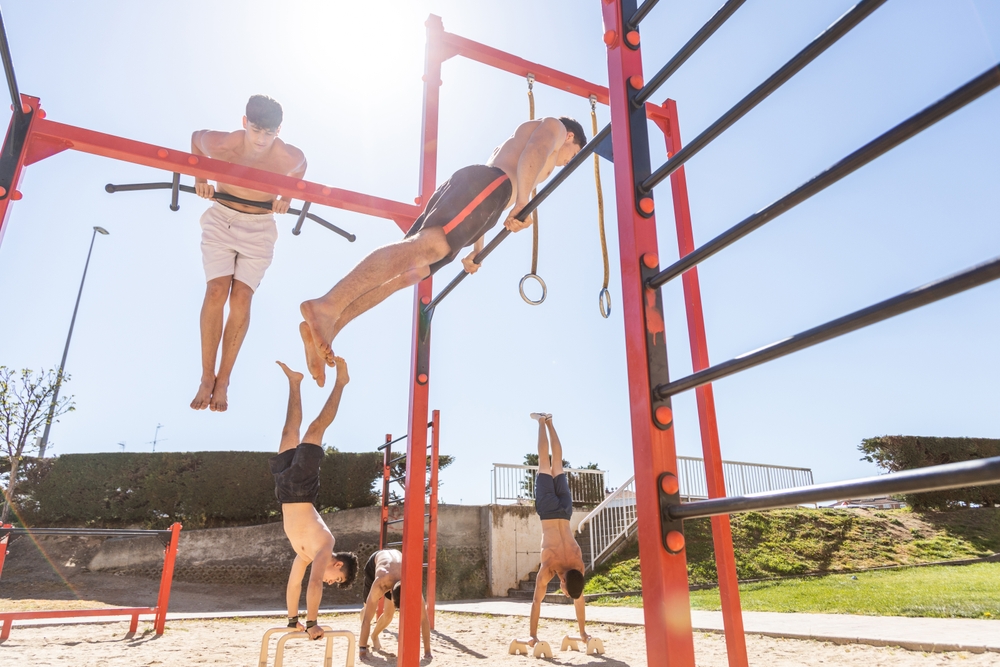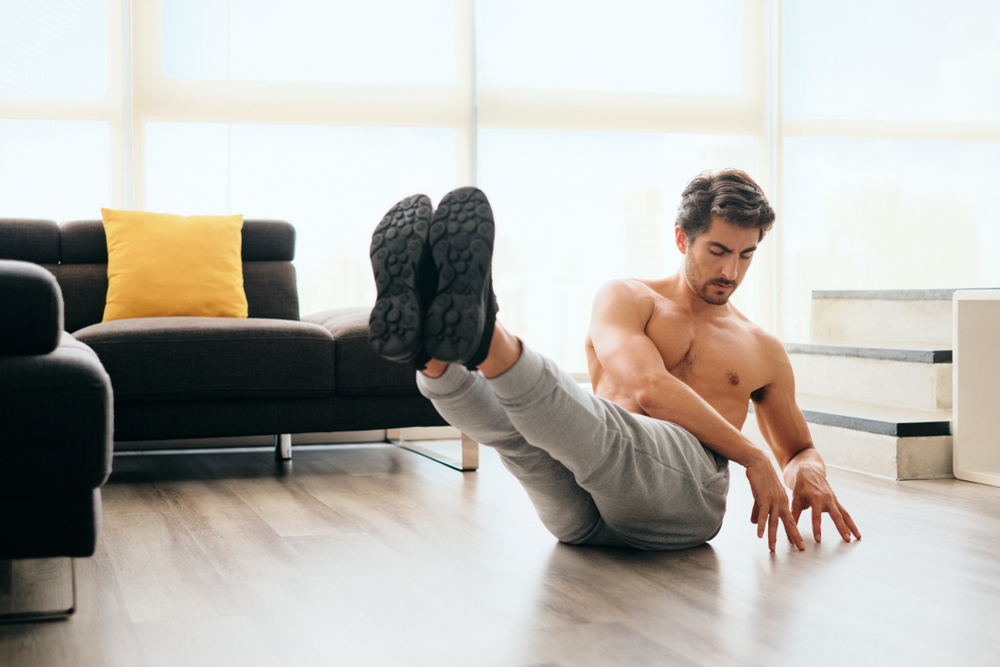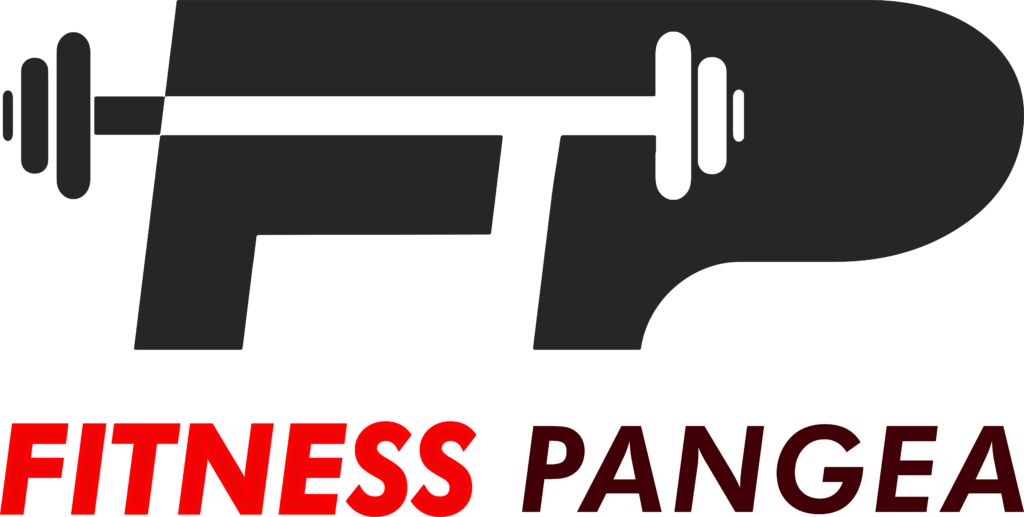Introduction:
In the world of fitness, calisthenics has gained popularity as a versatile and effective way to build strength, flexibility, and endurance using only your body weight. Whether you’re new to exercise or looking to add variety to your routine, calisthenics offers a wide range of benefits for people of all fitness levels. In this guide, we’ll explore the basics of calisthenics and provide practical tips for beginners looking to embark on their fitness journey.
What is Calisthenics?
Bodyweight training, or calisthenics, entails utilizing your own body weight as resistance to develop strength and muscle. Unlike traditional weightlifting, which requires equipment like dumbbells or barbells, calisthenics relies on simple movements such as push-ups, pull-ups, squats, and lunges to target different muscle groups. This makes calisthenics accessible to anyone, regardless of their fitness level or access to a gym.

Benefits of Calisthenics:
One of the main advantages of calisthenics is its versatility. Since it doesn’t require any equipment, calisthenics can be done anywhere, whether you’re at home, in a park, or even while traveling. This makes it a convenient option for people with busy lifestyles or limited access to a gym. Additionally, calisthenics exercises are functional, meaning they mimic real-life movements and help improve overall fitness and athleticism. By mastering the basics of calisthenics, you can develop a strong foundation of strength, flexibility, and endurance that will benefit you in everyday life.
Getting Started:
If you’re new to calisthenics, it’s important to start slowly and focus on mastering the basic movements before progressing to more advanced exercises. Begin with simple exercises like bodyweight squats, push-ups, and lunges to build strength and improve your form. As you become more comfortable with these exercises, you can gradually increase the intensity by adding variations or increasing the number of repetitions.
Form and Technique:
Ensuring correct form and technique is essential in calisthenics to avoid injury and optimize outcomes. Pay close attention to your posture and alignment during each exercise, and focus on engaging the correct muscles. For example, when performing a push-up, keep your core tight, and lower your body until your elbows are at a 90-degree angle, then push back up to the starting position. If you’re unsure about your form, consider working with a certified personal trainer or attending a beginner calisthenics class to receive guidance and feedback.
Progression and Variation:
As you gain strength and confidence in your calisthenics practice, don’t be afraid to challenge yourself with new exercises and variations. Progression is key to continued improvement, so experiment with different movements like pull-ups, dips, and pistol squats to target different muscle groups and keep your workouts interesting. Additionally, you can vary the intensity of your workouts by adjusting factors like tempo, rest periods, and repetitions to continue challenging your body and avoiding plateaus.
Incorporating Calisthenics into Your Routine:
To reap the full benefits of calisthenics, aim to incorporate it into your fitness routine at least 2-3 times per week, alternating between strength-focused workouts and recovery days. You can either perform a full-body calisthenics routine or split your workouts into different muscle groups, depending on your preferences and goals. Remember to listen to your body and give yourself time to rest and recover between workouts to prevent overtraining and reduce the risk of injury.

Injury Prevention:
While calisthenics is generally considered safe for most people, it’s important to listen to your body and avoid pushing yourself too hard, especially when starting out. Pay attention to any discomfort or pain during exercises and adjust your technique or intensity accordingly. Additionally, incorporating proper warm-up and cool-down routines into your workouts can help reduce the risk of injury and improve overall flexibility and mobility. Stretching exercises like leg swings, arm circles, and dynamic movements can prepare your muscles and joints for the demands of calisthenics, while static stretches at the end of your workout can help promote recovery and prevent muscle tightness.
Conclusion:
Calisthenics offers a fun, challenging, and effective way to improve your strength, flexibility, and endurance using only your body weight. By mastering the basics of calisthenics and incorporating it into your fitness routine, you can build a strong, resilient body that will serve you well in all aspects of life. So grab a mat, find a comfortable space, and get ready to discover the transformative power of calisthenics on your fitness journey.



